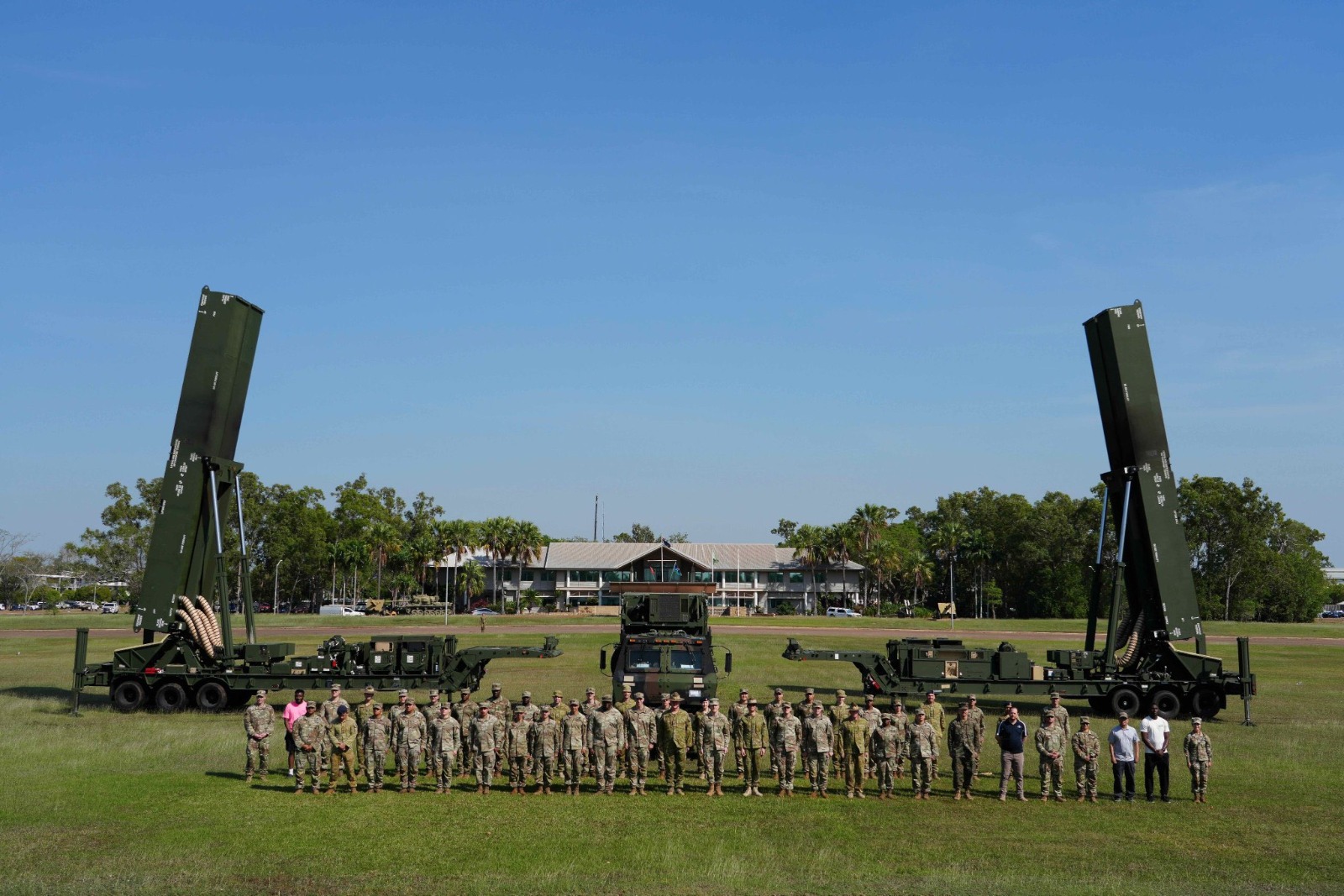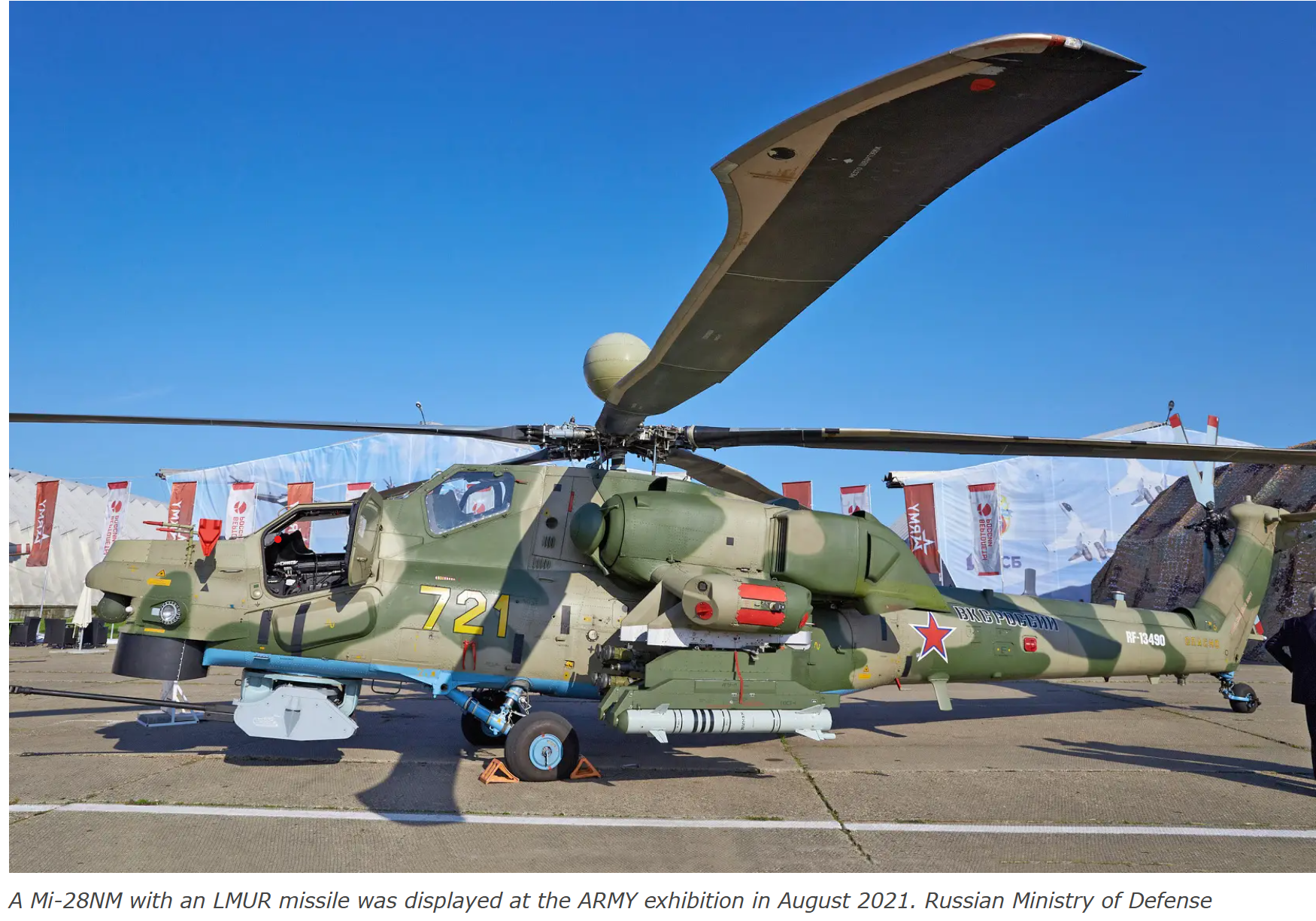Burevestnik Missile
- 20 Aug 2025
In News:
According to recent reports, Russia is preparing to conduct fresh trials of the 9M730 Burevestnik – a nuclear-powered cruise missile that has often been described as a “unique” and formidable addition to Moscow’s strategic arsenal.
About the Burevestnik
- The term Burevestnik translates to “storm petrel” in Russian.
- It is a ground-launched, nuclear-powered cruise missile, also capable of carrying a nuclear warhead.
- The system was first unveiled by the Russian President in 2018, as part of six advanced strategic weapons.
- NATO has designated it as SSC-X-9 “Skyfall.”
- In theory, its nuclear propulsion allows it to circle the globe multiple times before striking a target, making it an unprecedented strategic weapon.
Key Features
- Nuclear Propulsion: The missile uses a compact nuclear reactor that heats the surrounding air for thrust.
- Extended Range: Unlike traditional engines restricted by fuel capacity, the nuclear design enables a potential range of up to 22,000 km (14,000 miles).
- Low-Altitude Flight: The system is engineered to fly close to the ground, significantly reducing its detectability by conventional air-defence radars.
- Strategic Significance: Its combination of long endurance and stealthy trajectory poses challenges to existing missile defence systems.
Dark Eagle Hypersonic Missile

- 09 Aug 2025
In News:
The United States has achieved a major milestone by deploying its Long-Range Hypersonic Weapon (LRHW), known as Dark Eagle, to Australia’s Northern Territory during the Talisman Sabre 2025 multinational military exercise. This marks the system’s first-ever overseas deployment and represents a critical step in strengthening U.S. deterrence capabilities in the Indo-Pacific.
Features:
- Range & Speed: Approximately 2,700–2,776 km with a reported velocity of up to Mach 17.
- Design: A land-based, road-mobile system comprising four trailer-mounted launchers, each with two missile canisters.
- Warhead: Equipped with the Common Hypersonic Glide Body (C-HGB), an unpowered yet maneuverable glide vehicle capable of evading interception.
- Deployment Capability: Road-mobile, air-transportable (C-17), and integrated with the U.S. Army’s Integrated Air and Missile Defense Battle Command System (IBCS).
- Developers: Jointly developed by Lockheed Martin and Northrop Grumman, with collaboration from the U.S. Navy on the glide body and boosters.
- Mission Role: Designed to penetrate anti-access/area-denial (A2/AD) networks, suppress enemy defenses, and engage time-sensitive, high-value targets.
Exercise Talisman Sabre
For the first time, India participated in the 11th edition of Exercise Talisman Sabre 2025, a large-scale Australia-led multinational military exercise. This reflects India’s growing role in the Indo-Pacific security architecture and deepening defense cooperation with like-minded partners.
- Launch & Evolution: Initiated in 2005 as a bilateral drill between Australia and the United States, it has expanded into a premier multinational warfighting exercise.
- Scale: The 2025 edition is the largest-ever, involving over 35,000 personnel from 19 nations including Australia, U.S., India, Japan, France, U.K., and others.
- Geographical Spread: Conducted across Queensland, Northern Territory, Western Australia, New South Wales, and Christmas Island, with a first-ever extension to Papua New Guinea, underscoring wider regional engagement.
- Objective:
- To uphold a free, open, and inclusive Indo-Pacific.
- Enhance military readiness, interoperability, and joint operational capabilities.
- Reinforce regional security cooperation among allies and partners.
- Activities: Includes live-fire drills, amphibious landings, ground maneuvers, air combat, maritime operations, and force preparation exercises, testing joint warfighting capabilities.
Key India-Australia Military Exercises
- AUSINDEX – Naval exercise.
- Pitch Black – Multinational air exercise.
- AustraHind – Bilateral military exercise.
Key India-U.S. Military Exercises
- YudhAbhyas – Joint military training.
- Vajra Prahar – Special Forces exercise.
- Cope India – Air combat exercise.
- Tiger Triumph – Tri-services amphibious exercise.
Russia's Izdeliye 305 (LMUR) Missile

- 21 Oct 2024
In News:
Russian state corporation Rostec has claimed that its Light Multipurpose Guided Rocket, also known as Izdeliye 305 or “Product 305,” has demonstrated remarkable resistance to jamming and interference on the battlefield in Ukraine.
Missile Overview
- Name: Izdeliye 305 (Product 305), also known as LMUR (Light Multipurpose Guided Rocket)
- Primary Use: Deployed by Russia’s Mi-28NM and Ka-52M attack helicopters.
- Function: Designed to target and destroy armored vehicles, fortifications, pillboxes, and watercraft with high precision.
Key Features
- Sniper-Like Accuracy: The missile is touted for its exceptional precision in targeting, making it one of Russia’s most successful guided weapons.
- Resistance to Jamming: The missile’s control channel has shown remarkable resistance to enemy electronic warfare (EW) systems, making it effective even in contested environments.
- No instances of the missile's control channel being suppressed during the ongoing Ukraine conflict.
- Versatile Guidance Systems: The missile operates in several modes:
- Fire-and-Forget: The missile locks onto the target before launch and operates autonomously post-launch.
- Remote Control Mode: The operator guides the missile to the target after it locks onto coordinates and transmits live imagery to the operator’s screen.
- Inertial + Homing Mode: The missile initially flies inertially toward target coordinates, then activates its homing system for final target guidance.
- High Explosive Warhead: Equipped with a 25-kg high-explosive fragmentation warhead, the LMUR is effective against a variety of targets.
Technical Specifications
- Weight: 105 kg (231 lbs)
- Range: Up to 9 miles, double the range of traditional Russian anti-tank missiles, providing the tactical advantage of engaging from beyond line-of-sight.
- Warhead: 25 kg high-explosive fragmentation for effective target destruction.
- Guidance: A combination of inertial navigation, satellite positioning, thermal imaging, and a two-way communication channel for real-time control.
Deployment and Use
- Helicopter Integration: Primarily used on Mi-28NM and Ka-52M attack helicopters, and also on the Mi-8MNP-2 for special operations.
- Combat Experience:
- The missile was actively used in Ukraine where it played a key role in countering Ukraine’s NATO-backed counteroffensive operations.
- It was previously tested in Syria against various targets, showcasing its capabilities before full operational deployment in 2022.
Significance in Ukraine Conflict
- Impact on Ukrainian Forces: The missile’s long range and resistance to EW have made it a critical component of Russia’s aerial operations, hampering Ukraine’s battlefield progress, particularly against heavily fortified positions and NATO-backed counteroffensive efforts.
Strategic Advantage: The missile’s ability to engage targets from a distance while evading jamming attempts gives it a significant edge in modern warfare.
